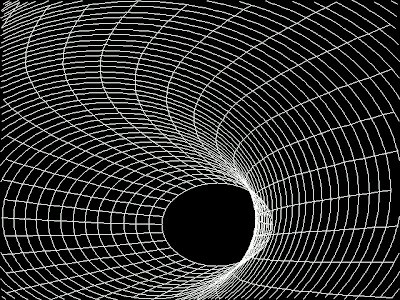 |
| In this image, the lips are emphasized, they seem larger, are more brightly coloured so eyes are draw to it first. Also the shape of the lip is wierd which adds more emphasis to the lips. |
 |
| In this picture, the rose is emphasised because the bright red rose is placed against a dull white background causing the viewers to look at the rose first. |
















